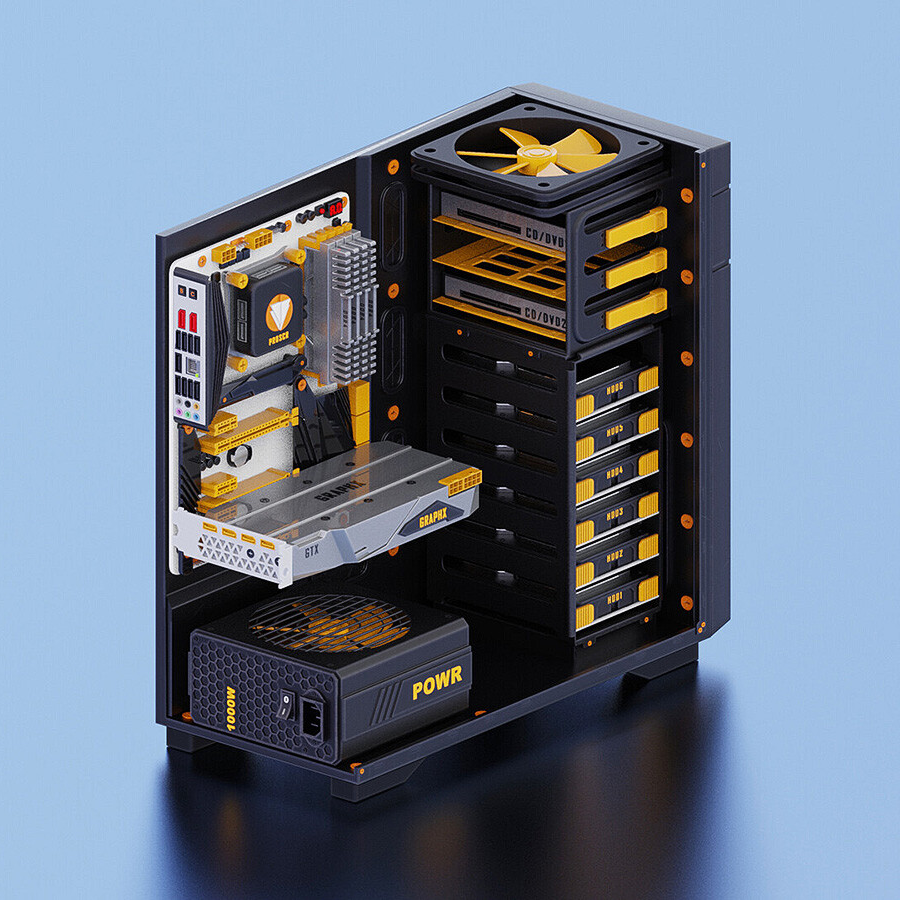The list of components i’ve compiled is as follows:
-A corsair 4000D airflow case -Ryzen 5 3600 (might be a slight bottleneck, but i have a 3900X, which is basically the same but double the cores and it barely gets any load during gaming) -BeQuiet Pure Rock 2 cooler -Corsair Vengeance LPX DDR4 2x8gb 3600mhz -BeQuiet System Power 9 CM 600W -ASUS Prime B550-M A -3060 TI, manufacturer doesn’t really matter -2TB M.2 PCIe 4.0 SSD (haven’t decided on a manufacturer yet, but likely to be crucial, corsair or WD)
for context, she’s going to be using a 1440p 144hz monitor and she’s planning to play games like Warzone or some of the newer CoD games
i have built multiple PCs roughly in this region of performance before, and they’ve run great so far.
appreciate any suggestions!


All it has to do is supply power. But when it goes bad it can go BAD.
Best case scenario it just stops working. Worst case is an actual fire. If you’re pushing the limits of the PSU (transient spike count too) can cause it to fail In smaller ways (low voltage that cause odd hard to trace behavior) or for the power supply to shut off for “no reason”.
I think gamers nexus did the video on the gigabyte PSU that would explode every time they pushed its limits in a specific way.
That makes sense! I usually give myself some power “headroom” when picking a PSU in case I upgrade to more demanding parts in the future, but I also never alter the voltage limits on a build. I know that’s more important with overclocking and such, so that might be a very useful concern for users who are planning on doing that.